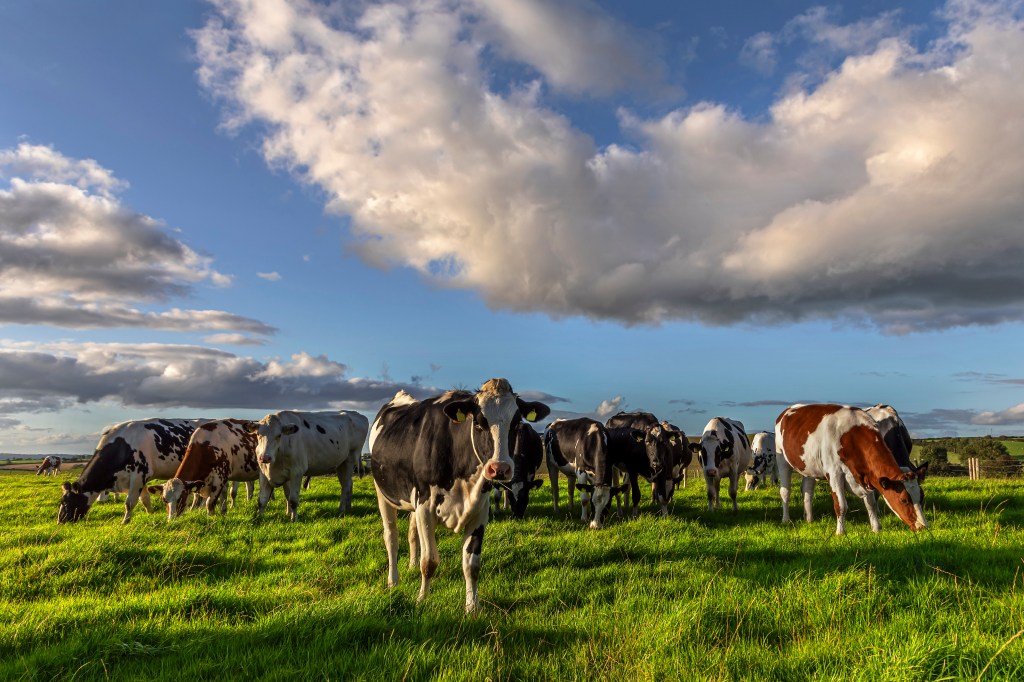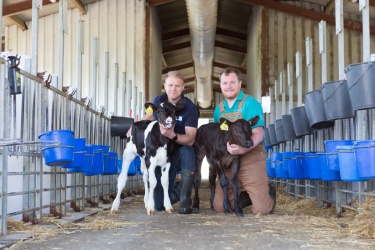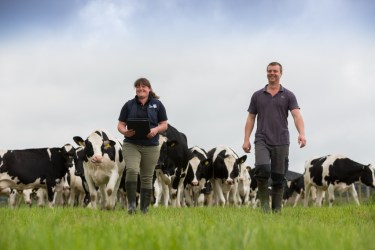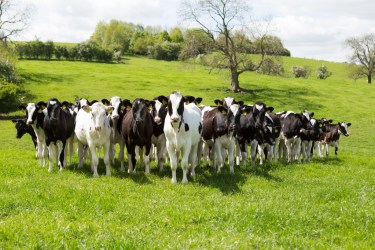Technical Block Management
The 28-day pre-breeding period is an ideal opportunity to prepare for a successful breeding season. Confirm with farm staff involved in breeding the cow eligibility criteria including planned start of mating date, voluntary wait period and do not breeds. Agree heat detection protocols and use of tools to aid submission for artificial insemination. Seek out staff refresher training needs and equipment checks ahead of identifying non-cycling animals working with veterinary advice to address issues, as well as monitor body condition score compared to calving.
Setting goals with a focus on the detail of how success will be achieved during the breeding season ensures a reproductive management plan delivers results. Maintain good data records and use it to track relevant metrics, allowing insights and action. Key drivers of success; focus on 3-week submission rate and conception rate to deliver a high 6-week in-calf rate (target 72%+) and low empty rate (less than 10%) for a 12-week block. Plan to track weekly submission rate and analyse the submission rate after 3 weeks, focus on picking up the repeats thereafter. Do monitor pregnancy inventories by breed and sex to ensure replacement needs and genetic improvement goals are being met.
Huw Lloyd, Genus ABS EMEA Technical Services Director.
Selecting the right genetic indexes
The £ACI and £SCI have been specifically designed for autumn and spring block calvers, respectively, in the UK to breed profitable animals. These indexes have a strong emphasis on fertility to keep a tight calving block as well as the other health traits evaluated by AHDB for UK dairy farmers. The £SCI differs from the £ACI by breeding for smaller animals and more components in the milk whereas £ACI has slightly more weighting on kg than the £SCI. These indexes should be used as an initial filter to consider only bulls who will improve your herd’s genetic merit by removing those with an £ACI or £SCI lower than your best animal (depending on your calving system). Once you have shortlisted on either £ACI or £SCI then look into the individual bull traits to make sure those you are selecting are enhancing your herd’s genetic strengths and improving your weaker areas, including helping to meet your milk contract.
Fern Pearston, AHDB Animal Genetics Manager.






